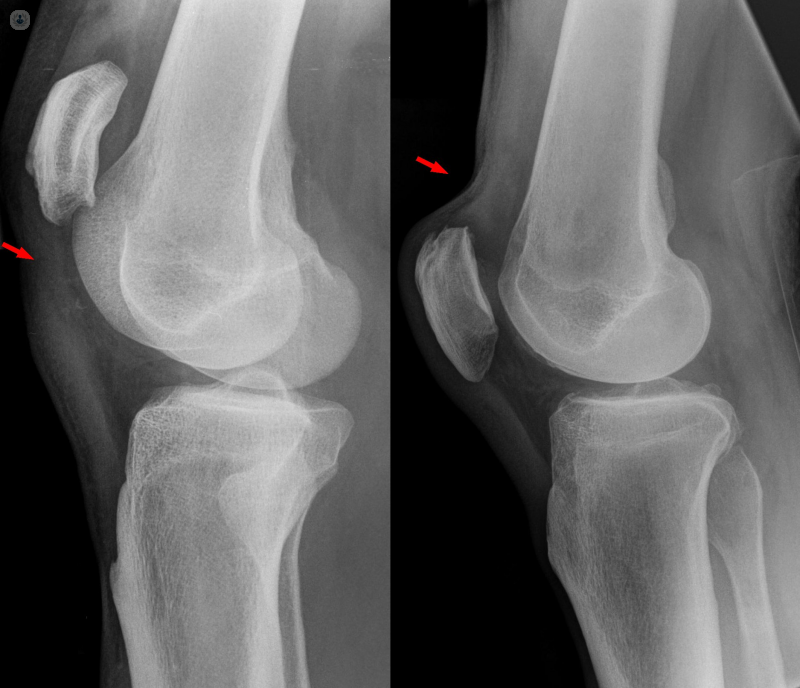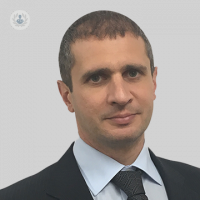Chondrocalcinosis
What is chondrocalcinosis?
Chondrocalcinosis, also known as calcium pyrophosphate deposition disease, is a rheumatic disease characterised by the excessive accumulation of calcium crystals in the cartilage of joints. The knee is the area that is most often affected by this disease, although it is also common in other joints and bone areas. It also typically occurs more in older people.

What are the symptoms of chondrocalcinosis?
Normally, chondrocalcinosis does not cause any symptoms or discomfort for patients and for that reason it is only diagnosed by means of an X-ray. Evidence of chondrocalcinosis is the presence of a white line in the cavities at the ends bones.
However, some patients may experience the following symptoms:
- Osteoarthritis: the degeneration of specific joints, sometimes more advanced on one side of the body that may lead to deformities later on.
- Pseudo gout arthritis: joint becomes swollen, stiff and a fever might develop. This happens especially in the wrist, knee or ankle and is similar to symptoms of gout.
- Symptoms similar to those of rheumatoid arthritis: stiffness and inflammation of joints, affecting joints on both sides of the body.
What are the causes of chondrocalcinosis?
Injuries that deteriorate collagen and other cartilage proteins, such as repetitive micro trauma can lead to excess calcium crystal deposition. Older people are those who have a genetic predisposition for developing the condition are more at risk. Other causes can be a lack of magnesium or excess calcium or iron.
The disease can also be related to metabolic or endocrine disorders, such as hyperparathyroidism, hypothyroidism, hypomagnesemia, hypophosphatasia and hemochromatosis.
Can chondrocalcinosis be prevented?
Some measures to prevent joint wear and tear can be practised to reduce your chances of developing the condition. Regular moderate exercise to increase muscle strength and maintaining a healthy weight can be of benefit.
What is the treatment for chondrocalcinosis?
If the chondrocalcinosis is secondary, that is, that it’s related to an underlying condition, the underlying condition will be treated first.
For cases of acute arthritis, the use of non-steroidal anti-inflammatory drugs can relieve pain and inflammation and sometimes puncture-aspiration to reduce joint pressure is required.
Chondrocalcinosis which leads to symptoms of pseudo gout can be treated with a prescription drug to treat gout. It’s important to rest the joint at home and to apply cold packs to help relieve swelling and inflammation.
What type of doctor treats chondrocalcinosis?
Specialists in rheumatology and orthopaedic surgeons treat chondrocalcinosis.
